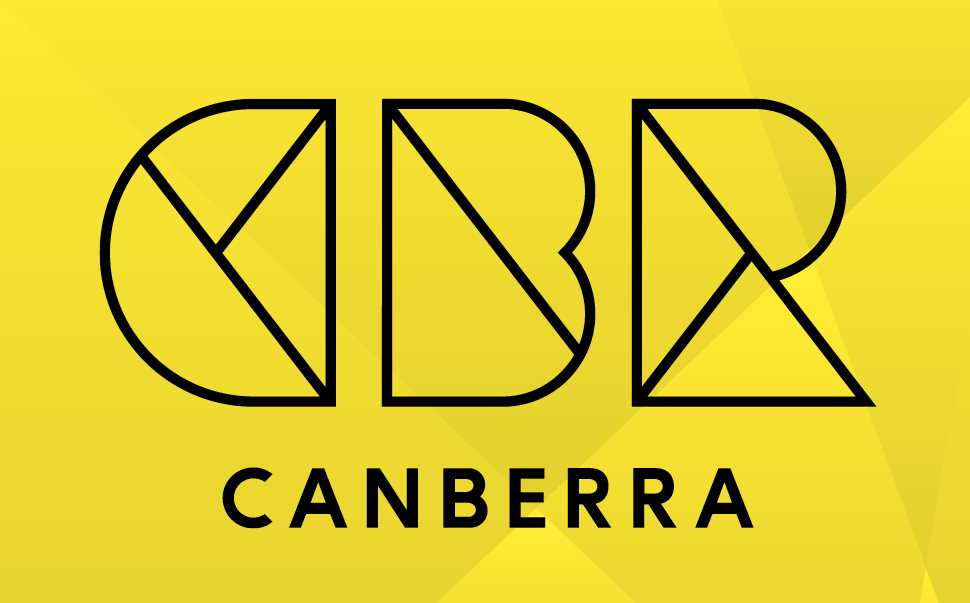Every day we are surrounded by symbols. Some symbols are nearly universally recognised, like the marriage ring, the Jewish star and the peace sign. The strongest symbols and brands also have what marketing types call “imbued meaning”: the ability for people to infer values just by seeing the brand image associated with a product or service. When you see the Nike ‘swoosh’ or the Mercedes-Benz logo, you make automatic positive and negative judgements about that product.
Cities, states, and territories now get branded as well. New South Wales is “making it happen”. Victoria has the “best of everything”. Canberra, of course, has Brand CBR and our “Confident. Bold. Ready.” slogan.
Branding and marketing have been around for a long time, right back to the busts of emperors in Roman times. Way before the concept of a trademark was conceived, monarchs controlled the rights to issue coats of arms – nothing less than a form of state-sanctioned branding. But today when government launch brands for cities, they often get a pretty rough reception from their residents. The common complaint is that they are a “waste of money”.
It is true that it can be hard to link brand activities to a direct monetary return. However, the saying “perception is reality” has a lot of truth to it. We know that confident consumers spend more, and that investors will put their money in places that are growing, attractive places for people to live.
City branding is just as much about convincing its residents that they live in a great place as attracting investment from outside. Brands provide a recognisable “hook” for people to respond to, and can be instrumental in changing behaviour in desirable ways. For example, the draft Belconnen Town Centre Master Plan wants better branding for Lathlain St and Emu Bank to encourage people to eat and congregate in Belconnen instead of going to Manuka, Braddon, or Bunda St.
Here is the interesting secret of marketing today: You can’t just make brand claims that people don’t believe and make them stick any more. The taxi industry campaign #YourTaxis backfired badly when people shared their horror stories about taxis instead of their positive experiences. Oil companies like Shell, BP and Exxon Mobil face intense criticism and scrutiny for their attempts to position themselves as environmentally responsible.
Contrary to some beliefs marketing is now increasingly about substance, not spin. The Walter Kronkite era of authority where someone would be believed simply because of the position they held is long gone. The consultancy Brand Matters suggests four key things that are necessary for a strong brand:
- Credibility: Do your actions match your words?
- Relevance: Does your audience care about the promises your brand makes?
- Differentiation: How are you delivering on your promises in a way that is different from your competitors?
- Sustainability: Is your brand going to maintain a strong position in the long term?
Whether you are a politician or a multinational corporation, overcoming scepticism in the message you want to communicate is often the very first challenge. The first step is to establish trust in your intentions, but how can you do that if people won’t even listen to what you say?
